Message from Team IMA Chennai Kauvery Alwarpet Branch

Dear colleagues
Greetings and best wishes from IMA Kauvery Alwarpet branch.
This month the platter of articles are contributed by the Department of Vascular and Endovascular Surgery.
The department stands out under the eminent leadership of Prof. Dr. N. Sekar, the icon of Vascular Surgery in our country.
Kauvery has evolved with the super speciality DrNB training, under the able leadership and has 2 post graduates every year to its pride.
Our best wishes to the department.
Yours in IMA service,
Dr S Sivaram Kannan
President
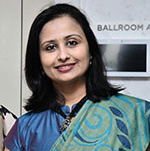
Vascular system is like the river which forms the lifeline in the body.
This issue brings us articles from the vascular department.
We hope IMA journal helps us understand this complex system in the body better.
Long live IMA.
Dr. Bhuvaneshwari Rajendran
Secretary
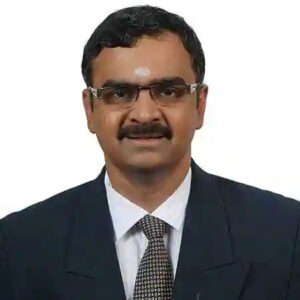
Dear friends
I am happy to meet you all through this month IMA journal.
This edition is contributed by the department of Vascular Surgery.
Prof. Sekar Sir and his team of associates and post graduates do great job in vascular diseases and have contributed some of their rare cases.
My thanks to the editorial team and branding for their contributions.
Long live IMA.
With regards
Dr R Balasubramaniyam
Editor
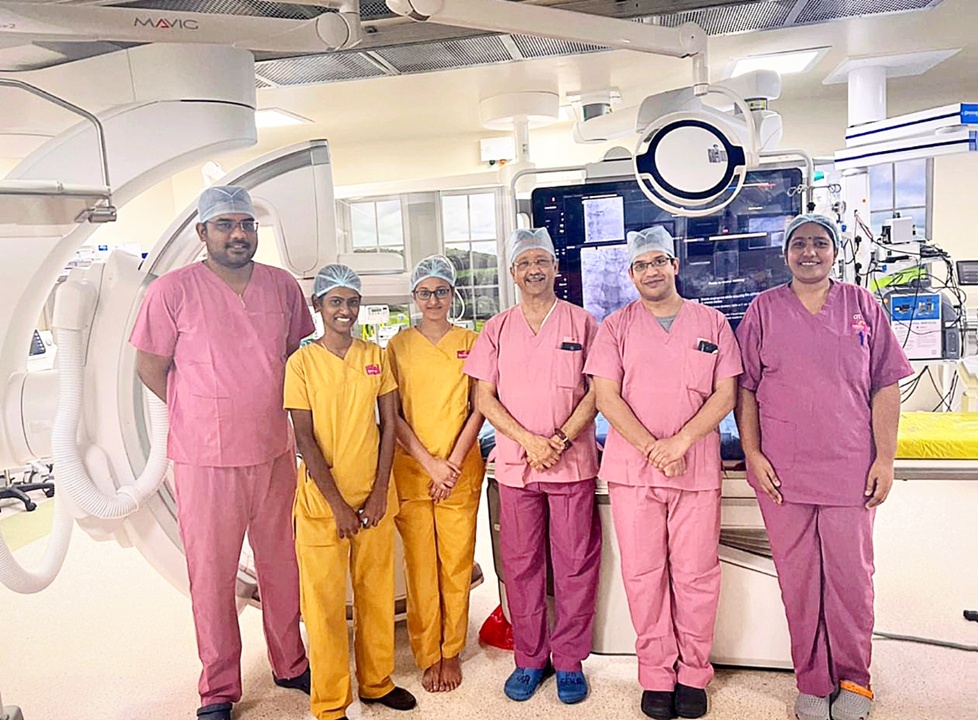
Department of Vascular and Endovascular Surgery, Kauvery Hospital Chennai
India is the diabetic capital of the world and we have about 70 million diabetics. The incidence of Peripheral Vascular Diseases in diabetic is between 7 to 14 %. Indian population is also aging. Average life expectancy has nearly reached 70 years. All this has contributed to an increase in the incidence of vascular diseases.
Kauvery hospital is a tertiary care hospital for treating vascular diseases and is offering both open and endovascular treatment for entire gamut of vascular diseases.
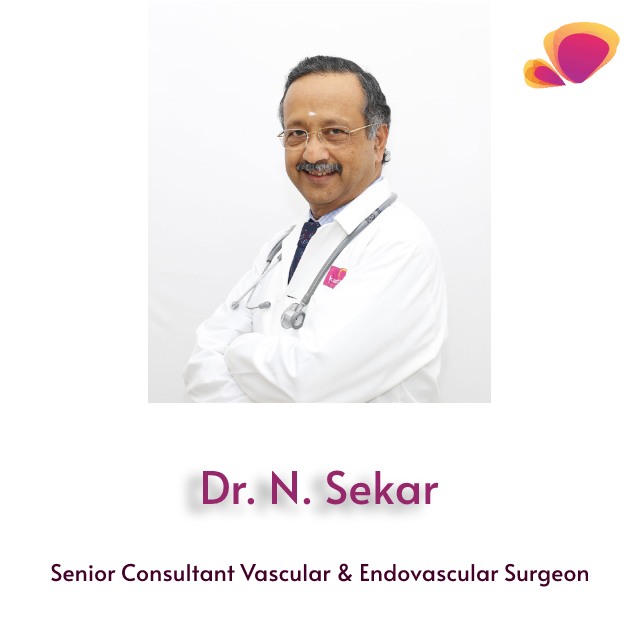
Carotid Endarterectomy - Surgery for Stroke Prevention
Introduction
Stroke is the third leading cause of death in the western world. Only 50-60% of stroke survivors regain complete functional independence. The rest have varying degrees of disability. Hence it is very important to recognise the risk factors and prevent the stroke.
20% of strokes are haemorrhagic and 80% are ischemic. Causes of ischemic stroke are small vessel embolus originating from atherosclerotic plaque, cardiac source, prothrombotic conditions and other miscellaneous conditions. Carotid artery stenosis is one of the most common and correctible cause for ischemic stroke.
Case report
A 79-year-old hypertensive male with a past history of smoking presented with sudden onset right sided…

Why Varicose veins should be treated by Vascular Surgeons?
Varicose vein is a very common disease. It is one of the most common diseases found in any surgical out patient. The incidence of varicose vein increases with age and is more common in women. Varicose veins may be due to sapheno femoral incompetence, sapheno popliteal incompetence, perforator incompetence or deep vein pathology either postphlebitic leg or primary valve incompetence. Generally, patients with deep vein pathology are not taken up for varicose vein ablation since the chances of recurrence is very high. Traditionally Sapheno femoral incompetence has been treated with open surgery which is ligation of the sapheno femoral junction and stripping of the saphenous vein. This has stood the test of time. Now a days minimal invasive procedures are being done and are being promoted actively by vested interests.
The procedures are:
- Thermal ablation…
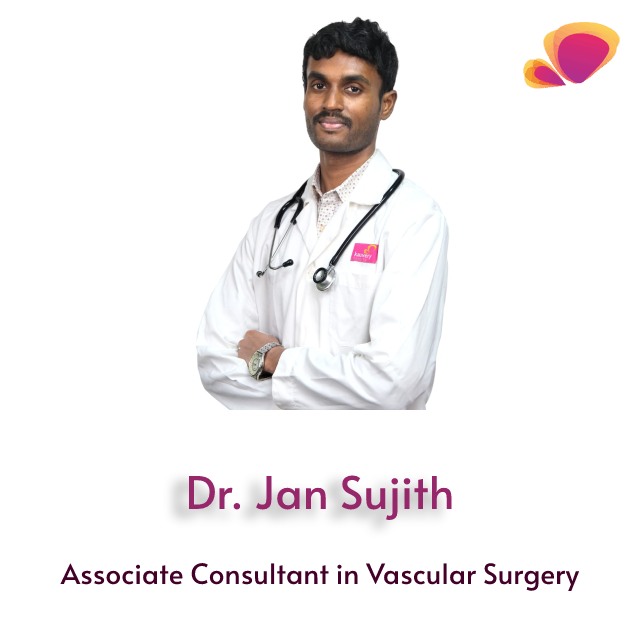
Abdominal Aortic Aneurysm
Aortic aneurysms can form anywhere along the aorta, but approximately 30% of aneurysms are found in the infrarenal aorta. Risk factors for AAA include advanced age, male gender, smoking, COPD, atherosclerosis, family history of AAA, hypertension, hypercholesterolemia, and Marfans syndrome and other connective tissue disorders. Age has been determined to be the most significant risk factor for the development of AAA.
Diagnosis of aneurysm is crucial because rupture is a catastrophic complication that can occur when the aneurysm enlarges. Majority of the aneurysms are asymptomatic and are usually picked up during routine ultra sound examination done for other reasons. Patients sometimes are aware of pulse in their abdomen when the aneurysm is large. Rarely the aneurysm may compress the adjacent viscera and produce vague symptoms like dyspepsia, vomiting and ureteric obstruction.
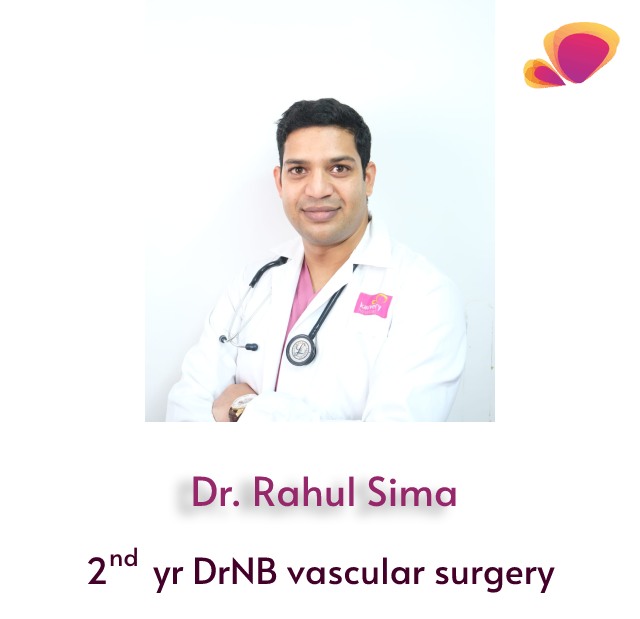
Deep Vein Thrombosis and Pulmonary Embolism (VTE)
DVT usually originates in the calf (soleal) veins at the valve cusp. It starts as a small platelet–endothelial thrombus which activates the thrombotic cascade. Continued activation of the clotting system will result in thrombus propagation. This thrombus is less adherent to the vein wall and at risk of proximal embolization and can cause PE.
DVT is quite common and unfortunately it is underdiagnosed in India. Untreated proximal DVT is associated with a 30-50% risk for Pulmonary embolism. The incidence of in hospital mortality due to PE is 13-15%. This has been proved by a study from PGI Chandigarh. Unfortunately, the clinical diagnosis of DVT can be very inaccurate.
Clinical findings of deep vein thrombosis
Calf pain, swelling leg and Calf tenderness are the usual symptoms and is present in about 70% of patients.
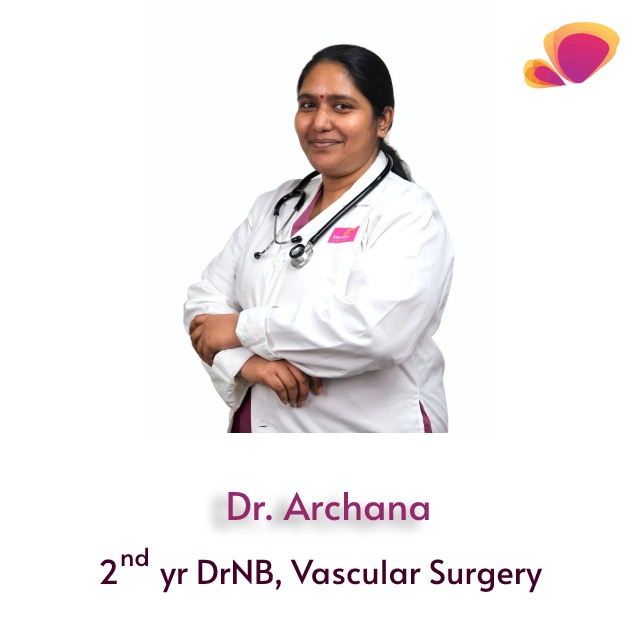
Carotid Body Tumour (CBT)
Carotid body is a chemoreceptor located at the carotid bifurcation and is part of the extra adrenal paraganglia system. They are critical for response to hypoxia and release neurotransmitters. Carotid body tumour, also known as paraganglioma or chemodactoma is a rare tumour. It occurs more in females. It can be familial, bilateral or be part of multiple endocrine syndromes. One identifiable risk factor has been chronic hypoxia due to pulmonary disease and those who live at high altitude
CBT is a slow growing tumour and commonly presents as a painless neck mass at the carotid triangle. Rarely a functional tumour may produce palpitation and tachycardia. Although CBTs are benign lesions, they have a tendency to turn into malignant tumours in approximately 10% of all cases. Ct angiogram is diagnostic. It shows the highly vascular tumour at the carotid bifurcation causing characteristic splaying of the carotids.
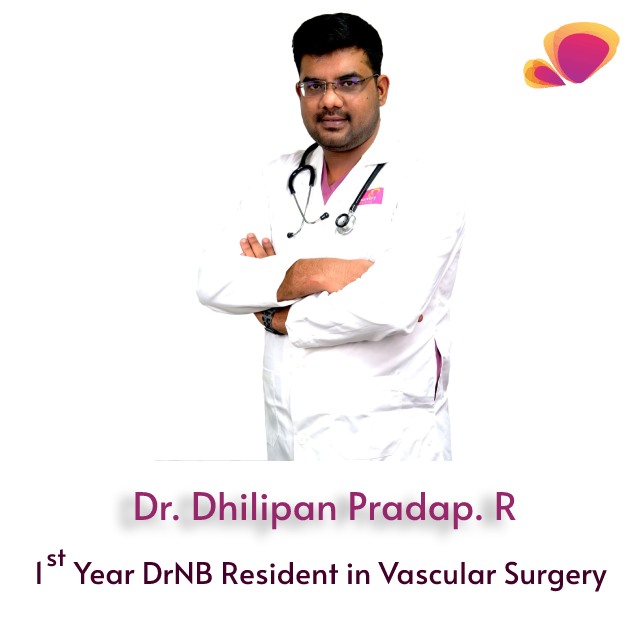
Vascular Access - Principles and Complications
Vascular access is required to assist in the management of patients requiring frequent venous or arterial cannulation. Its principal role is to provide circulatory access for haemodialysis, although such techniques are also used to provide chemotherapy, intravenous nutrition, and access for plasma exchange.
There are mainly two techniques used which are either implantable synthetic lines, which may have one or more lumen which may be temporary or tunnelled, or a surgically created fistula between the arterial and venous circulation. This latter approach may involve joining artery and vein together, the so-called autogenous arteriovenous fistula (AVF), or the insertion of a synthetic graft between artery and vein (Non-autogenous AV access).


